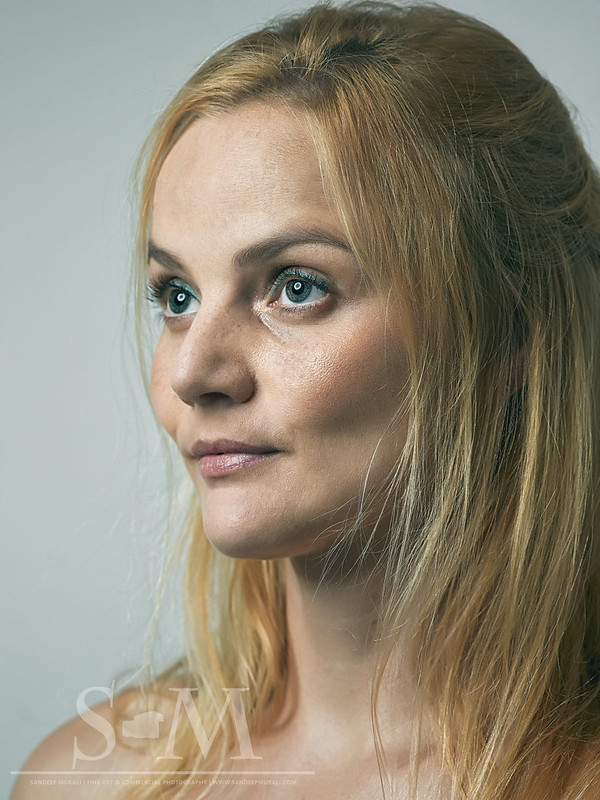Hi,
The images posted were not exactly a test, it is just a couple of images from an evening walk.
I am not shooting portraits normally, in fact I would say I have not shot a portrait sine 1975, but we had a nice portrait session at our photo club. I was only shooting my P45+ as I lent out my DSLR to two ladies who had problems with theirs. But I had the opportunity to shoot a little bit with my DSLR, too. Those images turned out absolutely crappy. In a part that depended on sloppy use of the camera.
The original posting was about getting the MF look with smaller formats. Now, to answer that question we need to define what is meant by medium format look. For instance, it could be anything like:
- 3D effect with short DoF with large apertures
- 3D effect because of high micro contrast
- Skin tones
- Resolution
- Use of outdoor flash
- Add any of yours…
My point is that the best the way to get near to MFD quality is to work properly. For instance use minimum ISO, shoot from tripod, focus properly.
Personally, with the gear I use, the largest advantage with MFD I see is resolution. There may be other aspects, like I am not shooting portraits. Also I am shooting zooms on the Sony while I have old Zeiss primes on the "Blad". On the Sony I used magnified live view for focus while on the Hasselblad I use manual focus. I have been shooting the Hasselblad for a year and I feel I am warming up to it.
Another point is that I can only talk about equipment I use. It would be reasonable to assume that the 36 MP cameras like Nikon D810 and Sony A7r would be closer to MFD quality than my Sony Alpha 99. The Sony A7r has shutter vibration issues at the shutter speeds I normally use around (1/60), so it is said to perform like a 24 MP camera. The A7r can be bought for 3300 $US with a very good 55/1.8 lens, while a used P45+ like the one I have still sells for close to 10000 $US, without a camera and lens. I cannot talk about cameras I have not tested.
For me, the Hasselblad is a keeper, but I will not expand the system a lot and I will not buy another MFD system. Live view is attractive, so I am thinking a bit about the new CMOS backs, but I am not enthusiastic about the crop factor.
If/when Sony comes out with a new Alpha camera that is improved in areas which I consider important I may buy into that. Zeiss has a new line of lenses called Loxia which I find interesting, as I am interested in well working manual focus with live view.
Best regards
Erik
@Erik:
Nice frame of the tree, but I am not very sure if such a test scene is the best showcase for what an MF back does better than 35mm. That said, I can still see fine tonal variations in the tree bark in the MF shot that the 35mm shot simply does not have. This has been my ongoing observation of how MF files stack up against 35mm files. colors that are close to each other are rendered as one singular "Mush" by 35mm, but as distinct colors by MF.
To me, the MF look comes across much better in portraits. The much talked about skin tonality, the way the highlights "Sparkle", the grace in which in-focus areas transition into out of focus (Not talking about how shallow the DoF is, rather how good the transition is), how subtle tonal variations are rendered and so on. A 35mm file looks "Plasticky" in comparison. Sure, you can post produce anything to look like anything these days, but you'll get a much better start with an MF file. A Sigma DP file might be the closest thing to MF that you can get. Still, it doesn't do the focus transition as good as a proper MF back.
Sharpness is only one small aspect of the MF look.
Case in point:
